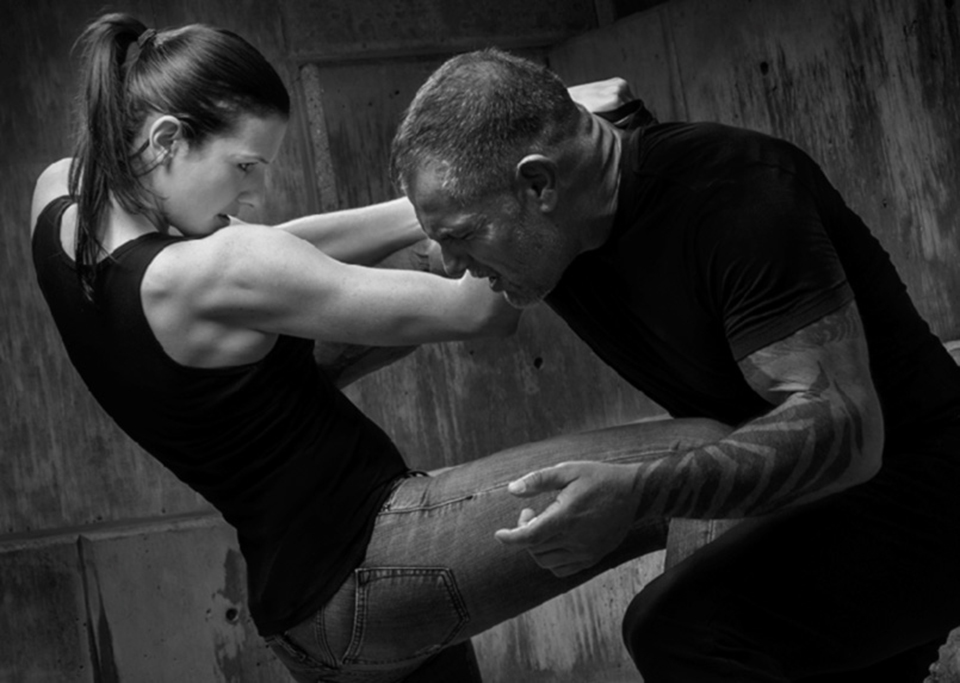
OR
Self Defense For Women

Most women self-defense training in Nepal is mistakenly focused on ‘physical self-defense’.
Most people think of start of self-defense classes for women as a recent phenomenon. But women’s self-defense movement has a long history. According to Wendy L Rouse, the author of Her Own Hero: The Origins of the Women’s Self-Defense Movement, American fear of Japanese military might and a fascination with Japanese culture in early twentieth century led to an interest in martial art of jujitsu.
President Theodore Roosevelt recognized advantages of jujitsu as a fighting method and advocated its adoption by American military. “This endorsement provided an opportunity for some middle- and upper-class white women to take up the Japanese art of self-defense,” writes Rouse. “Women’s Self Defense emerged alongside the fight for the right to vote during the first wave of the women’s rights movement in the early twentieth century.”
Women fighting for the right to vote faced intense police brutality and physical assaults from anti-suffragettes in England. Some American suffragists, inspired by the suffragettes across the Atlantic, discovered the political implications of their physical empowerment through self-defense training. As the first wave of the women’s rights movement waned in the 1920s, so did the practice of women’s self-defense. But the 1960s witnessed the emergence of second and third waves of feminism and the rebirth of a much broader women’s self-defense movement.
These movements were aimed at not only physical empowerment of women but the larger goal of ending violence against women. Activists focused on dispelling the narrow emphasis on the ‘dangerous stranger’ and looked instead at multiple sources of harassment and violence that women encountered on the streets, workplaces and homes. They also focused on challenging harmful gender stereotypes, a sexist patriarchal system, and a pervasive rape culture. Their fight continues to this day.
Our women
There have of late been some newspaper articles on empowerment of Nepali women through self-defense training. This subject is taken up in some academic journals as well. Edessa Ramos, a self-defense instructor with her husband gave two-hour self-defense sessions to 30 women in Kathmandu on June 27, 2014, on behalf of Empowering Women in Nepal (EMN). Likewise, Women Empower Nepal has been engaged in women’s self-defense training since 2013. In the same vein, Nepal Police in 2015 imparted self-defense classes in earthquake victim camps to protect women against sexual assault.
My study of media coverage on women self-defense training shows that all trainers emphasized ‘physical self-defense’ instead of ‘psychological self-defense’ which includes awareness, verbal and diplomatic skills, legal counseling and meditation, among other things. Self-defense should not be limited to physical training. Those who know how to fire a pistol may not be able to open when the need comes; they need to be psychologically prepared for this.
Most self-defense trainers do not differentiate between martial arts and self-defense training. Yes, self-defense is part of martial arts, but not all the time. Self-defense techniques have been developed by the humans since the dawn of civilization. Even the earliest humans had learned the skills to protect themselves from provoked and unprovoked attacks. Since it has evolved into more advanced and disciplined forms and today includes sports such as jujitsu, taekwondo, aikido, karate, kickboxing, wrestling, kung-fu, etc.
There is a difference between martial arts taught in Dojo/Dojang clubs and women self-defense training classes. Self-defense is taught to girls and boys in martial arts schools but they do not necessarily include specific women self-defense training. Thus martial arts training provided by these schools may not work for girls and women.
70 percent mental
Self-defense for women is focused on techniques that enable women and girls to successfully escape, resist, and survive violent attacks. It helps them understand the root cause of violence and the way to end it. The main idea is to provide technical training to protect them against unwanted attacks, physical or psychological.
Women self-defense training entails empowerment of women: 70 percent psychological empowerment and 30 percent physical empowerment. “In today’s world, if a woman is assaulted, she cannot expect or depend on anyone to help or protect her but herself. Women can stop rape. They can do so by learning psychological and physical skills to fight back”, says Dr Judith Fein, a feminist self-defense author.
Self-defense training is vital for Nepali women as it gives them both courage and confidence to fight back against violence directed at them. It could thus be an effective tool to reduce gender discrimination and abuse.
The author is a sociologist as well as women empowerment self-defense trainer
girithezorba@gmail.com
You May Like This

US woman discovers husband is her own grandfather
WASHINGTON, Oct 3: A 24-year-old woman in the US has received a ‘terrible shock’ after she discovered that her 68-year-old husband... Read More...

Seasoned Nepali designer launches her own brand
KATHMANDU, Sept 11: Kathmandu based fashion and textile designer Anu Shrestha has spent nearly 18 years refining her craft of hand... Read More...

Poonam Pandey all set with her new video for her fans
MUMBAI, July 28: After creating headlines with numerous hot videos, controversy queen and online sensation Poonam Pandey is all set... Read More...



Just In
- Lack of investment-friendly laws raises concerns as Investment Summit approaches
- 550,000 people acquire work permits till April of current fiscal year
- Fixing a win by outlawing dissent damages democracy
- MoHP cautions docs working in govt hospitals not to work in private ones
- Over 400,000 tourists visited Mustang by road last year
- 19 hydropower projects to be showcased at investment summit
- Global oil and gold prices surge as Israel retaliates against Iran
- Sajha Yatayat cancels CEO appointment process for lack of candidates











_20220508065243.jpg)


Leave A Comment